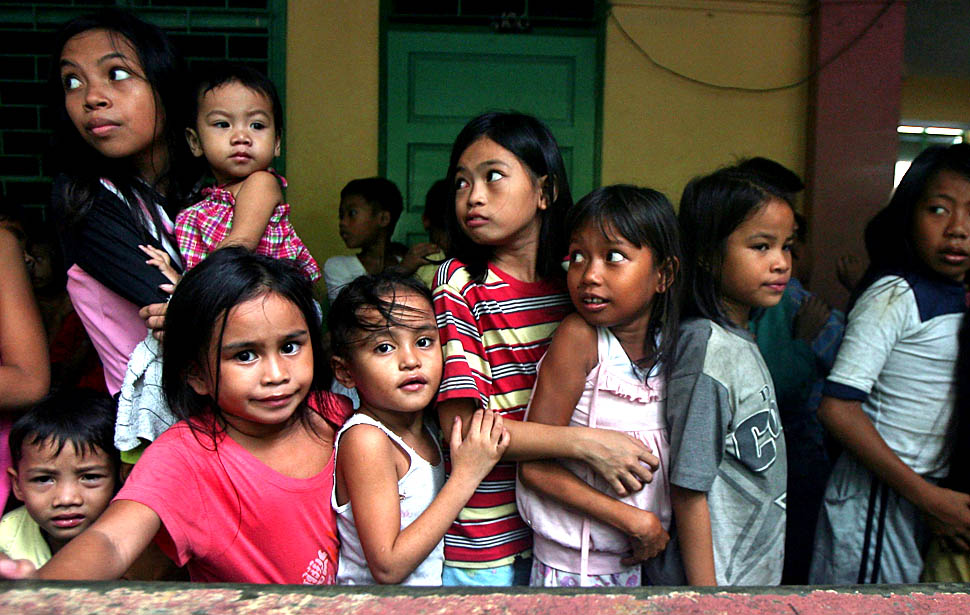On September 4, 2013, seven-year-old Tiana Parker was sent home in tears from the Deborah Brown Community School. The reason? Her dreadlocked hair. Claiming that hairstyles such as “dreadlocks, afros, [and] mohawks” detract from “a respectful and serious atmosphere,” this Oklahoma institution scolded Tiana, barring her from classes. Needless to say, the community was outraged. And they were not alone as the media rushed to the aid of this young girl. Prestigious news sources, bloggers, and TV personalities each defended Tiana’s dreads as naturally styled African American locks, instead of a “faddish,” attention-seeking gimmick, as the Deborah Brown Community School claims. Tiana is now enrolled in a different school which embraces her natural hairstyle. Her former elementary school has since changed its policies.
Reading this story ignited a lot of different feelings; anger, discomfort, but more than anything an eerie familiarity. I, personally, don’t know what it’s like to be punished for exhibiting a naturally Pilipino physical feature, but I do know that such mentalities exist among Pilipino communities; and for me, they inspire the same amount of outrage.
Whiter Skin is “In”
Pilipinos generally possess a distinct type of hair: thick and pin-straight. However, it is not our typically dark locks that cause dispute among other Pilipinos; rather, it is our naturally tan skin. Eliciting the help of skin whitening creams, bleaches, and even cosmetic surgeries, Pilipinos hunger for lighter skin. In an older time, light skin in the Philippines was a sign of a life exempt from outdoor labor, and thus, a symbol of wealth and luxury. Even today, the celebrities, talk show hosts, and news anchors that populate TFC and GMA are those with a lighter skin tone. And, from my experience, even when telanovelas feature darker-skinned Pilipinos, it is to emphasize the difference between one and the other, castigating the darker of the two.
My Color is Pilipino
This type of culture breeds a warped idea of self-worth, one in which the most valuable gem is the one that can shine the whitest, showing no appreciation for the land-laboring emeralds, the sweat-drenched rubies, or the sea-faring sapphires. This is a destructive culture and it is not one that Pilipino youth should be brought up learning. Yes, white-skinned Pilipinos are beautiful, but they are no more beautiful than those with naturally darker skin. Whether representative of badges of laborious ancestors, or emblematic of different regions, these deep browns and dark tans carry vibrant histories. These sun-kissed shades should not be diminished, but celebrated as hues that add to the rich palette of the Pilipino people.
Photo Credit: Asiafinest.com Forum


